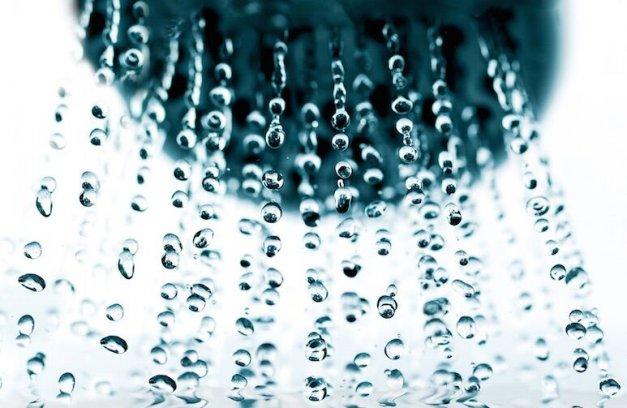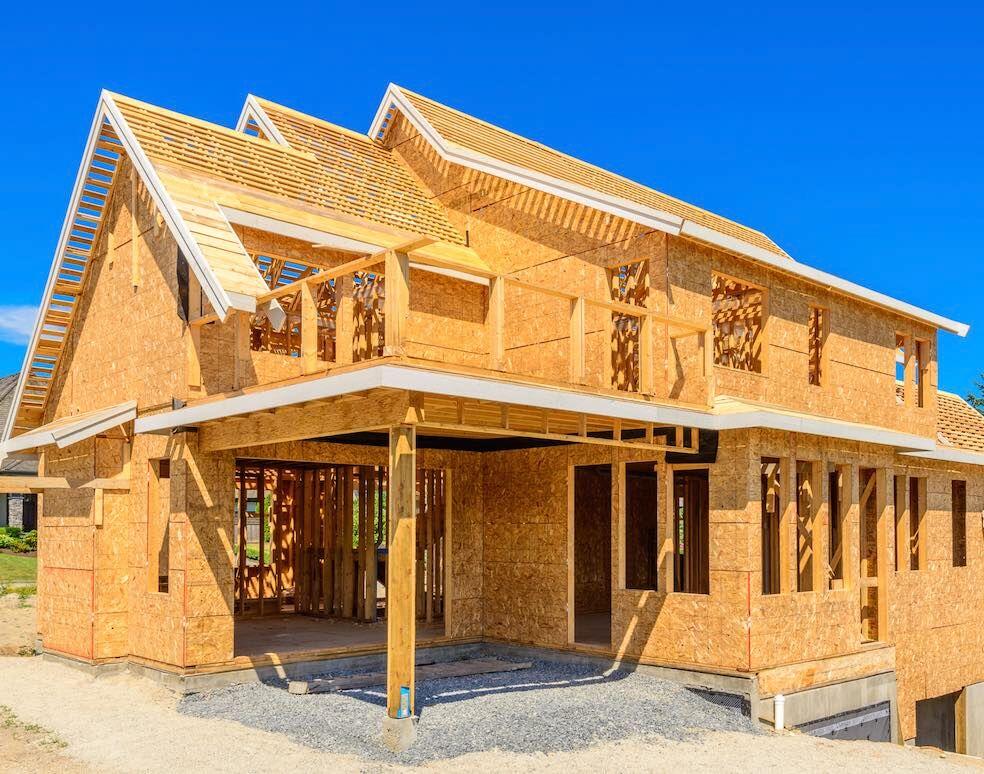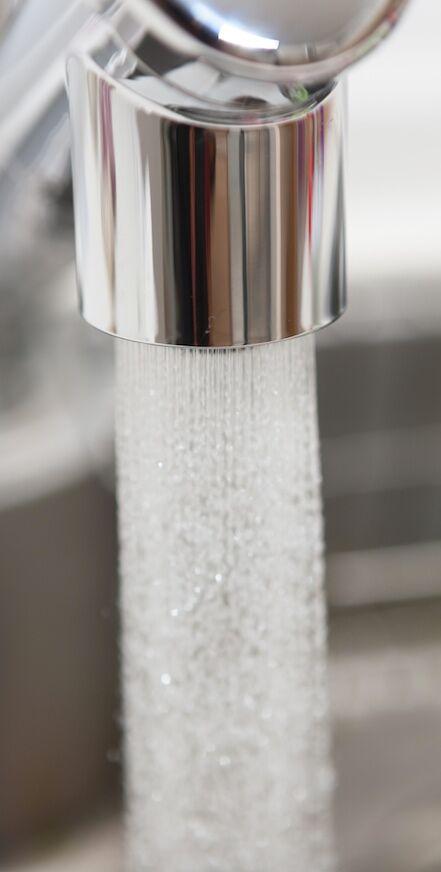Heeding the Call for Water Conservation
Editor’s note: The opinions expressed in this article are solely those of the author and do not reflect League policy or positions.
Former state Senator Dave Cogdill is chief executive officer and president of the California Building Industry Association. He can be reached at DCogdill@cbia.org.
California’s drought has made most of us keenly aware of the state’s growing water crisis. Whether hearing about it at a community event, in a coffee shop or through the news media, Californians can’t escape the calls to action to reduce water consumption and increase reliable water supplies.
Local governments are at the forefront of this crisis. Ultimately the state will ask your communities to implement measures to achieve greater water savings.
Searching for Simple Solutions
When it comes to dealing with the drought’s multiple components, we must keep our eye on simple solutions that can have significant, positive and diverse impacts but that do no harm to the local economy or intensify other community problems.
Many local jurisdictions that are already struggling to meet housing demands have been working closely with the building industry on measures that increase water savings and avoid exacerbating California’s growing housing affordability crisis.
The governor and the Legislature have rightly acknowledged that drought relief and conservation efforts must also be balanced with the need to protect the state’s recovering economy. Taking into account the full range of economic impacts, new housing construction contributes more than $38.6 billion per year to the state’s economy and annually supports 209,000 jobs throughout the state.
With housing still in recovery from the devastating economic crash, limiting new home construction as part of efforts to address California’s drought would have catastrophic consequences for both the economy and housing affordability.
California’s Housing Affordability Crisis
According to a March 2015 Legislative Analyst’s Office report, California’s High Housing Costs: Causes and Consequences, the median price of a California home is $440,000, two-and-a-half times the average national home price of $180,000. The average rent statewide is $1,240 per month, 50 percent higher than in the rest of the country. Even more startling, the report exposed the link between high housing costs and California’s worst-in-the-nation ranking on poverty. Any extreme solutions to halt new housing will only further decrease home affordability for mid- to low-income Californians and, in turn, will hurt local government budgets.
The good news is that there is an inexpensive and easy opportunity to achieve significant water reductions that we should all promote and work in partnership to implement: Use existing funds from voter-approved water bonds to motivate homeowners to install more water-efficient fixtures in their homes.
It’s simple and cost-effective and will create jobs, while saving the state hundreds of billions of gallons of water annually.
California has a total existing housing stock of 13.6 million dwelling units and of that, 9.2 million (67 percent) were constructed under building standards that contained no required provisions for energy or water efficiency. Simply put, two out of three homes were built and equipped with fixtures like toilets and showerheads that can use up to three times more water than the current models required under the new California Green Building Standards Code (CALGreen). Four years ago, CALGreen’s mandatory building standards were implemented, requiring a 20 percent reduction in indoor water use for new homes. Today, a new single-family, three-bedroom home with four occupants uses about 46,500 gallons of water per year compared to 92,500 gallons per year used by homes built before 1980.
Retrofits Offer Significant Water Savings
Further, effective indoor water-use retrofits do not necessarily have to be accompanied by an exorbitant price tag or complicated labor. Some of the most cost-effective, successful, indoor water-use retrofits are simply swapping out old showerheads, toilets and faucets and replacing these fixtures with low-flow models. Recent research shows that indoor water use in three-bedroom single-family homes has been reduced by 50 percent by implementing low-flow fixtures and appliance requirements for new homes. In fact, 70 percent of this reduction comes from the installation of low-flow showerheads and low-flow toilets alone, with water-efficient washing machines contributing an additional 17 percent.
If every existing home in the state were retrofitted with the most recent building and plumbing building standards, over 300 billion gallons of water could be saved per year. On average, the cost to upgrade existing housing with new water-efficient showerheads, fixtures and toilets would be $1,500 or less per home.
Indoor water retrofits for older homes are the type of simple, effective solutions that can result in significant water savings without damaging the economy or worsening the growing housing supply shortage. If we continue to look for and embrace these types of common-sense drought mitigation measures, we will emerge from this experience smarter and more water-conscious without inflicting additional hardship on California’s working families.
Photo credit: Karamysh/Shutterstock.com (house construction); Yoshi0511/Shutterstock.com (faucet)
This article appears in the July 2015 issue of Western City
Did you like what you read here? Subscribe
to Western City



